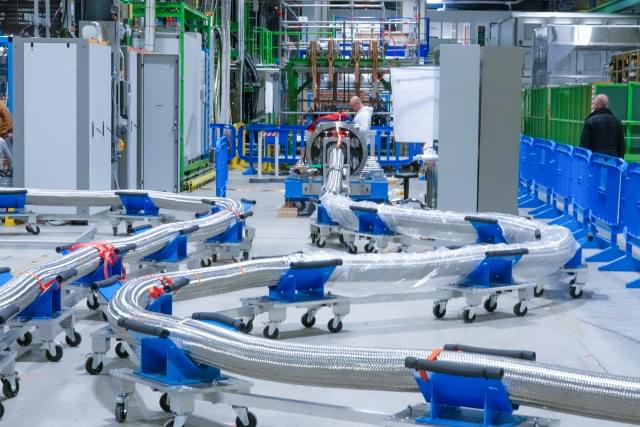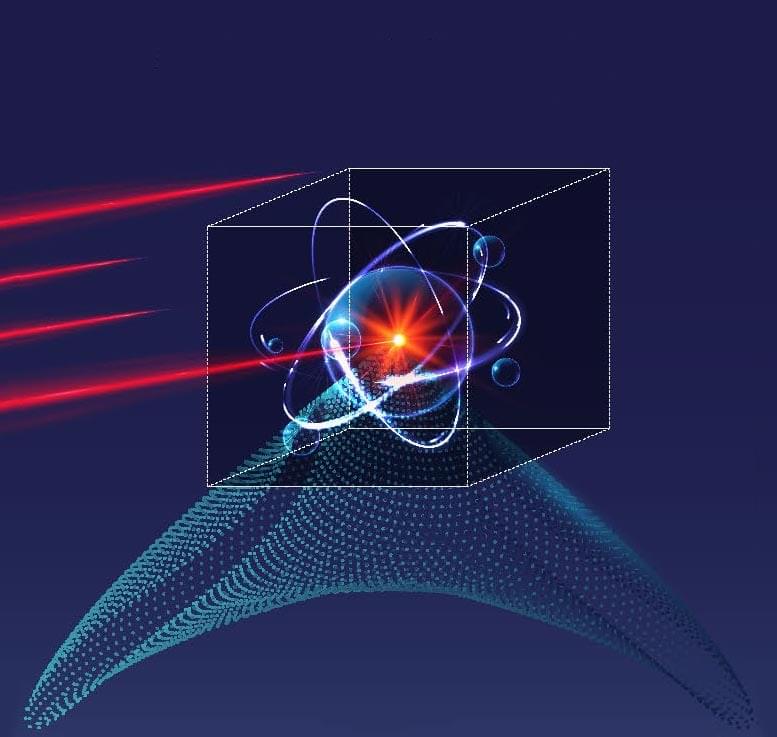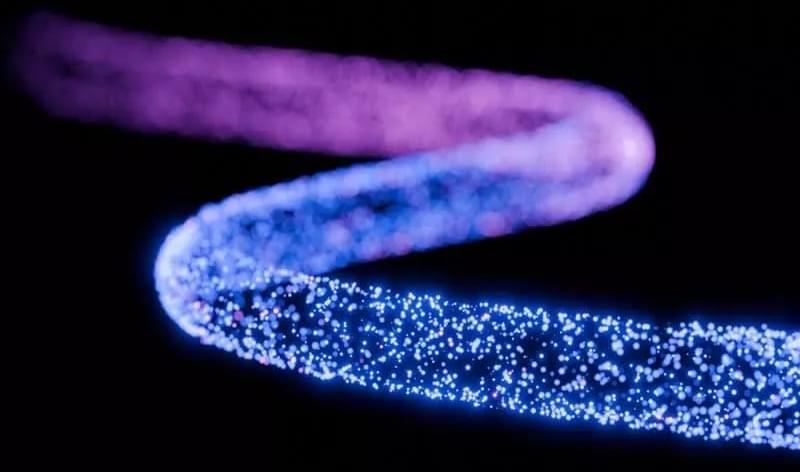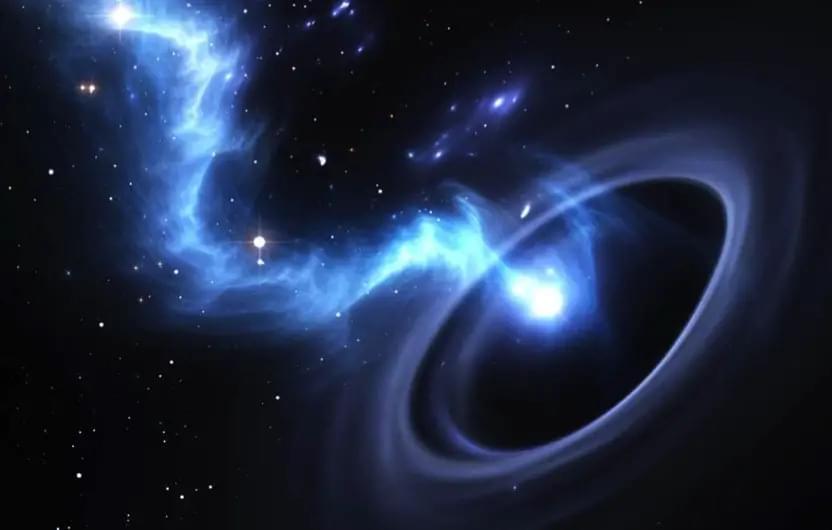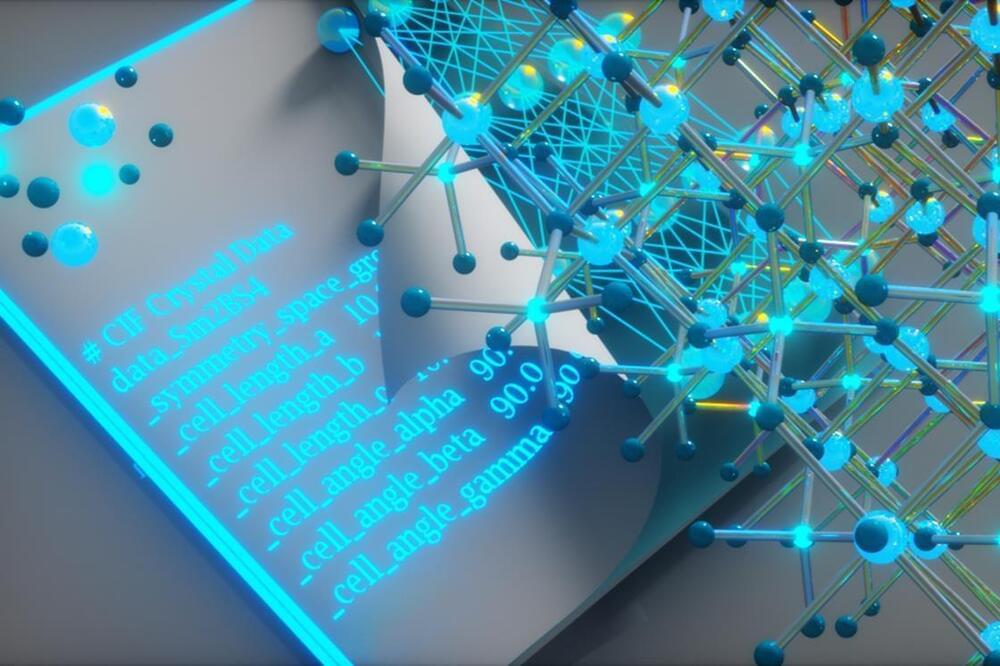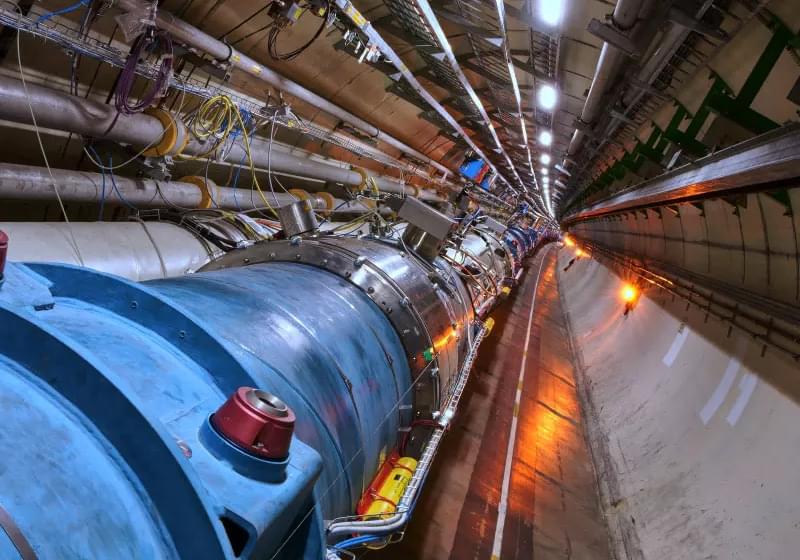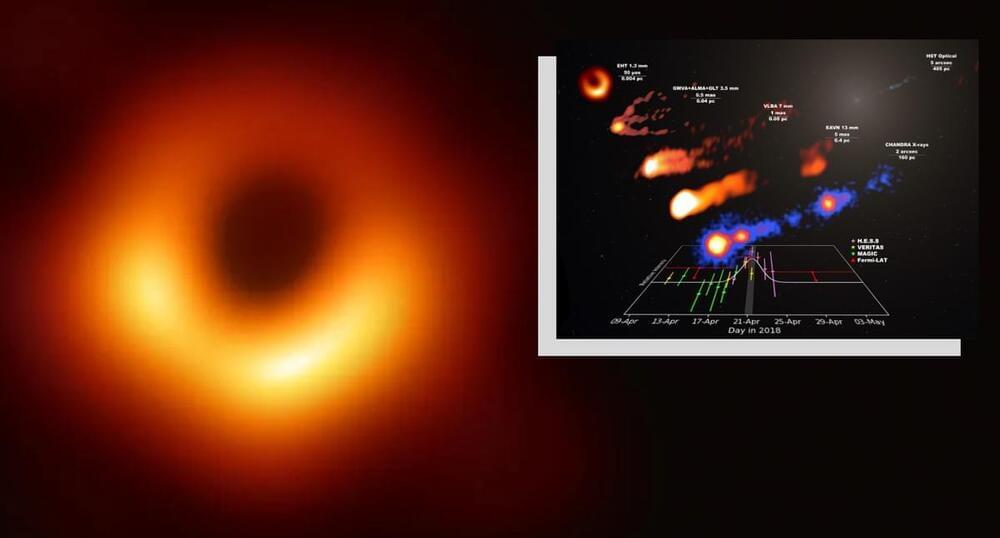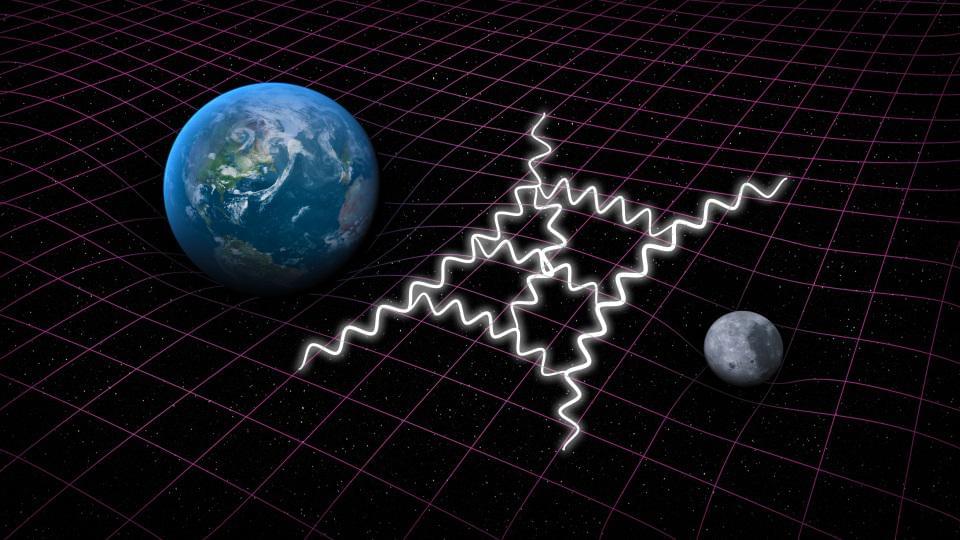The Large Hadron Collider (LHC), the world’s largest and most powerful particle accelerator, is also the largest single machine operating in the world today that uses superconductivity. The proton beams inside the LHC are bent and focused around the accelerator ring using superconducting electromagnets. These electromagnets are built from coils, made of niobium–titanium (Nb–Ti) cables, that have to operate at a temperature colder than that of outer space in order to be superconducting. This allows the current to flow without any resistance or loss of energy. The High-Luminosity LHC (HL-LHC), an upgrade of the LHC, will for the first time feature innovative electrical transfer lines known as the “Superconducting Links”
Recently, CERN’s SM18 magnet test facility witnessed the successful integration of the first series of magnesium diboride superconducting cables into a novel, flexible cryostat. Together with high-temperature superconducting (HTS) magnesium diboride (MgB2) cables, they will form a unique superconducting transfer line to power the HL-LHC inner triplet magnets. The triplets are the focusing magnets that focus the beam, right before collisions, to a diameter as narrow as 5 micrometres.
